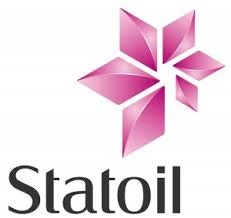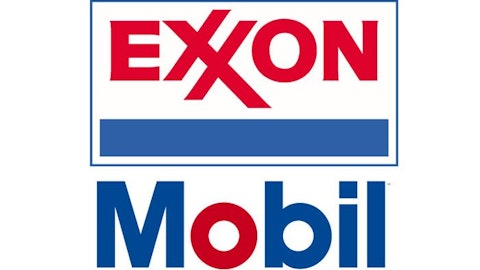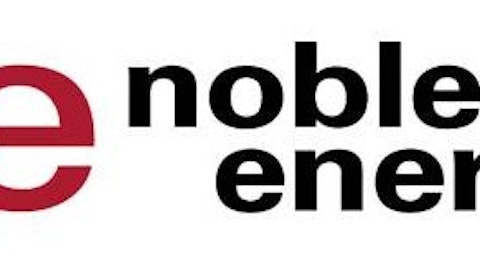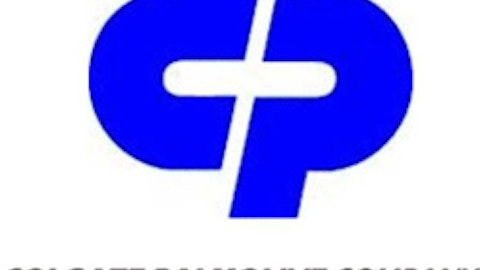In the search for investment opportunities in the oil and gas business, I came across Statoil ASA (NYSE:STO), the Norwegian integrated energy company. Statoil’s stock price performance has been worse than its peers, including Exxon Mobil Corporation (NYSE:XOM) and TOTAL S.A. (NYSE:TOT). Since the beginning of the year, while ExxonMobil gained 5.7% and Total decreased by 4.2%, Statoil experienced a 10.6% decline on the market. Is Statoil a good buy at its current price?
Decent organic production growth and high reserve replacement ratio
Statoil ASA (NYSE:STO) is considered one of the biggest global upstream companies, focusing on oil and gas exploration and production activities in 35 countries around the world. Statoil’s biggest shareholder is the Norwegian government, with a 67% stake in the company. At the end of 2012, Statoil’s proved reserves were estimated to be around 5.42 billion barrels of oil equivalent (BOE), including 17 billion cubic feet equivalent of natural gas.
Statoil ASA (NYSE:STO)’s proved reserves were less than that of both TOTAL S.A. (NYSE:TOT) and Exxon Mobil Corporation (NYSE:XOM), with 11.35 billion and 25.2 billion BOE, respectively. Around 78.3% of the total net operating income, 161.7 billion krone or $28 billion, was generated from the development and production Norway segment. The development and production international ranked second, with 21.5 billion krone or $2.7 billion while the marketing, processing and renewable energy segment contributed around 15.5 billion krone or $2.7 billion.
Statoil delivered strong operating performance in 2012, with 8% organic production growth, reserve replacement ratio of 1.1 with an additional 1.5 billion BOE resulted from the operation. The company proposed to increase its dividend to 6.75 krone, or $1.17. Looking forward, in the full year 2013, Statoil ASA (NYSE:STO) intended to incur around $19 billion in capital expenditure, and $3.5 billion for exploration investments.
Statoil is trading at around $22.40 per share, with a TOTAL S.A. (NYSE:TOT) market cap of $71.2 billion. The market values Statoil quite cheaply, at only 1.9 times EV/EBITDA. This ratio reflects the company’s leverage level, its cash position and its market value compared to its cash flow positions. The lower the ratio, the cheaper the stock.
Are Total and ExxonMobil better buys?
Total, its French peer, is valued more expensively on the market. It is trading at around $50 per share, with the total market cap of $112.5 billion. The market values Total at 3.3 times its EV/EBITDA. Its 2012 reserve replacement ratio has been lower than Statoil ASA (NYSE:STO), of only 93%. Recently, Total has executed a divestment program worth around $15 to $20 billion, exiting non-core, limited upside and low working interests assets including its stake in the Usan oil field and its assets in Trinidad and Tobago. In 2013, TOTAL S.A. (NYSE:TOT) expected to have around $22 billion in net investments with as much as 80% dedicated to upstream activities. The huge investment upstream would be likely to boost its proven reserves in 2013 and increase its reserve replacement ratio.
Exxon Mobil Corporation (NYSE:XOM) is the most expensively valued among the three companies. At $91.50 per share, it is worth $406.7 billion on the market. The market values ExxonMobil at 5.8 times EV/EBITDA. Looking forward, ExxonMobil’s proved reserves potential could reach $87 billion BOE, including the current 25 billion BOE in proved reserves, 27 billion BOE in design and development stages and 35 billion BOE in future development. The company expected to have long life resources in its new development in Kearl oil sands project with the production starting in April this year. The Kearl oil sands project’s daily production will be around 110,000 barrels per day and it would be expected to double at the end of 2015.
Income investors should consider those three companies for income portfolios, as all pay decent dividend yields at their current trading price. Total offers the juiciest dividend yield at 4.3% while the Statoil ranks second with a 3.9% dividend yield. Exxon Mobil Corporation (NYSE:XOM) pays dividends with the lowest yield at around 2.8%.
My Foolish take
Among the three companies, I like Statoil the most for two reasons. First, the company offers a decent dividend yield with quite a conservative payout ratio. Even Total offers the highest dividend yield; its payout ratio is as high as 51%, while the dividend yield of Statoil ASA (NYSE:STO) stays only 27%. Second, the market values Statoil the cheapest, at only 1.9 times EV/EBITDA. If Statoil has similar EBITDA multiple to TOTAL S.A. (NYSE:TOT), it should be worth as much as $39 per share, or more than 70% premium to its current trading price.
Anh HOANG has no position in any stocks mentioned. The Motley Fool recommends Statoil ASA (NYSE:STO) and TOTAL S.A. (NYSE:TOT).
The article This Norwegian Oil and Gas Company Is Cheap originally appeared on Fool.com.
Anh is a member of The Motley Fool Blog Network — entries represent the personal opinion of the blogger and are not formally edited.
Copyright © 1995 – 2013 The Motley Fool, LLC. All rights reserved. The Motley Fool has a disclosure policy.




